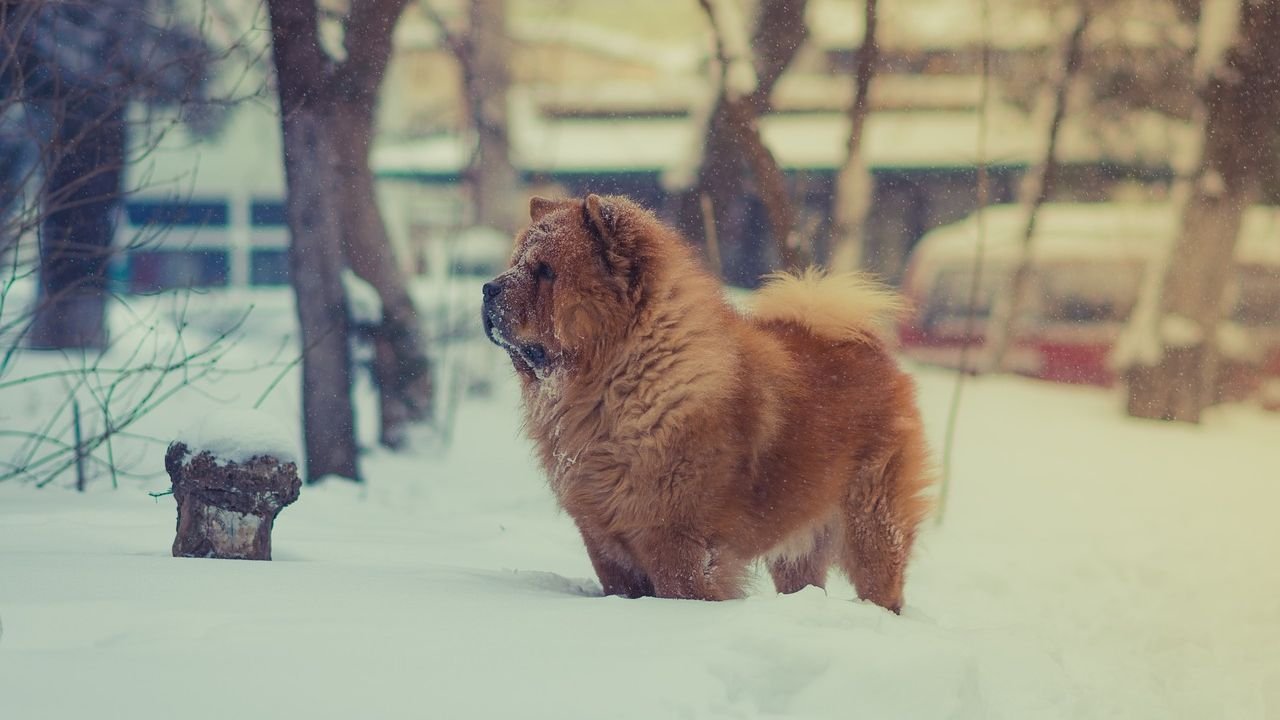Picture this: You’re looking out your window at another Maine winter morning, and there’s that familiar thick blanket of snow covering everything in sight. The temperature reads minus ten degrees, and the wind is whipping around like it has a personal vendetta against anything warm. Your furry best friend is looking up at you with those hopeful eyes, tail wagging, ready for their morning walk. Sound familiar?
I’ve lived through enough Maine winters to know they’re not just cold, they’re bone-chilling, relentless, and honestly pretty intimidating even for us humans. For our four-legged family members, winter brings a whole different set of challenges that we need to understand and prepare for. Let’s dive into how you can keep your beloved pup safe, warm, and happy during these harsh months.
Know Your Dog’s Cold Tolerance Limits
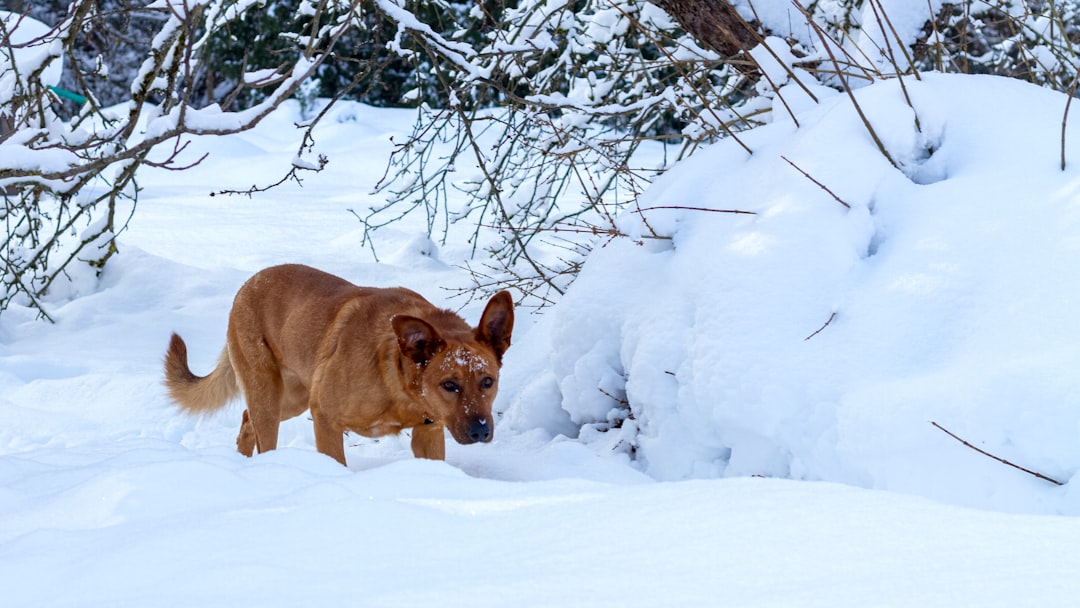
Here’s something that might surprise you: not every dog has the same tolerance to the cold. Your Golden Retriever might be thriving in twenty-degree weather while your neighbor’s Chihuahua is already shivering at forty-five degrees.
Some dog breeds feel right at home in a winter wonderland if they have a thick, insulated double coat, such as Huskies or Samoyeds. For breeds without that extra fluff, like Great Danes, Chihuahuas, or Greyhounds, be sure they aren’t exposed to cold or wet weather without some protection. Think of it this way: you wouldn’t send someone outside in a blizzard wearing just a t-shirt, right?
Age is more than a number when it comes to climate tolerance. Like humans, very young and very old dogs have a hard time regulating body temperature. As a result, they have more extreme reactions to changes in weather. Your senior pup or that adorable new puppy needs extra attention during Maine’s brutal winters.
Recognize the Warning Signs of Cold Weather Emergencies
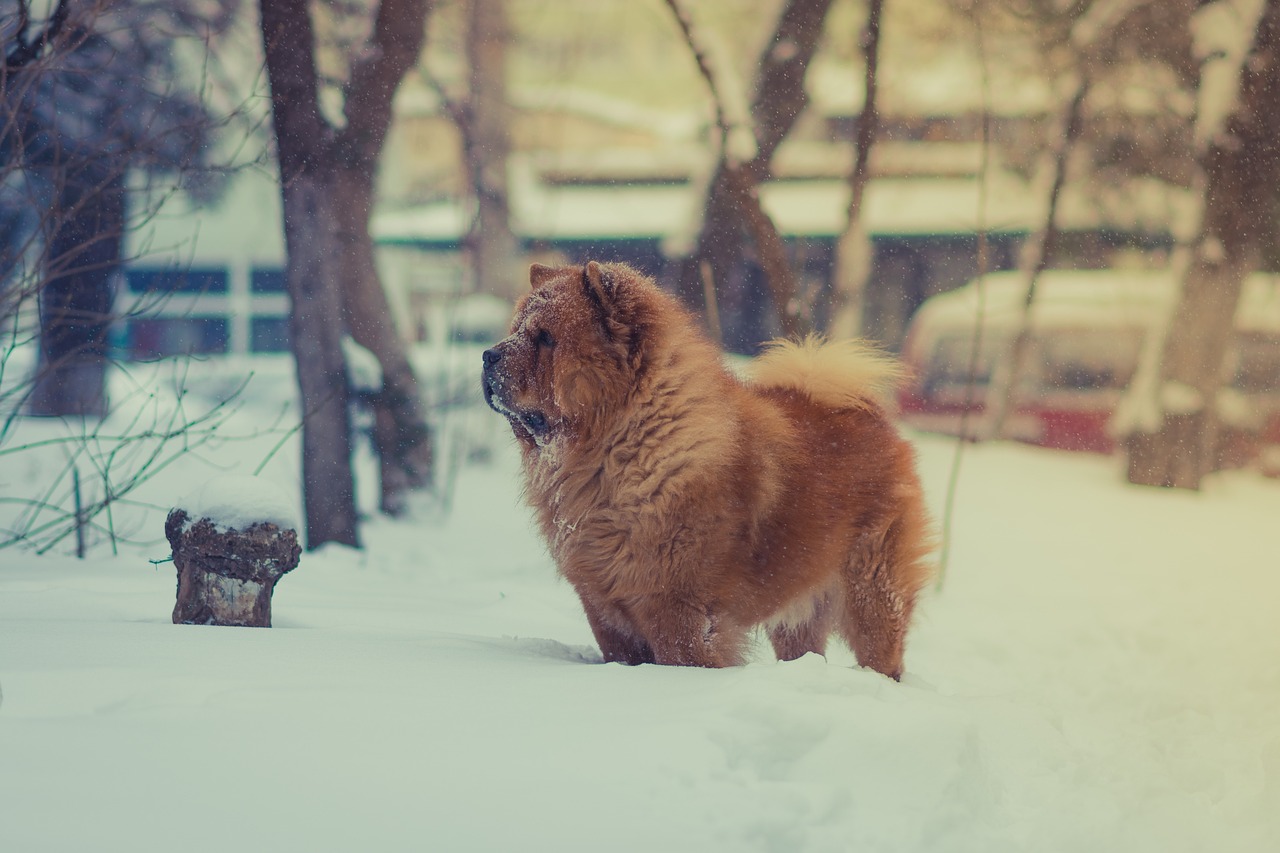
This is where things get serious, and I can’t stress this enough: knowing these signs could literally save your dog’s life. Dogs get cold at 45°F and below, and by 20°F, dogs can develop frostbite and hypothermia. That’s not just uncomfortable, that’s dangerous territory.
Symptoms which should prompt an owner to take a dog to a warmer location include shivering, reluctance to walk, turning to return home, whining, trouble walking, lifting paws frequently, and even falling over. Watch for those telltale signs during your walks, especially when your dog starts that frequent paw-lifting dance.
The first signs of hypothermia include cold spots on the body (especially in areas prone to frostbite). It then progresses to shivering and shaking, muscle stiffness, difficulty walking, and lethargy. If you notice these signs, get your dog inside immediately and call your vet.
The clinical signs associated with frostbite include discoloration of the affected area of skin – often pale, gray or bluish. The paws, ears, and tail are the most common tissues to be affected by frostbite in dogs.
Winter Gear That Actually Works
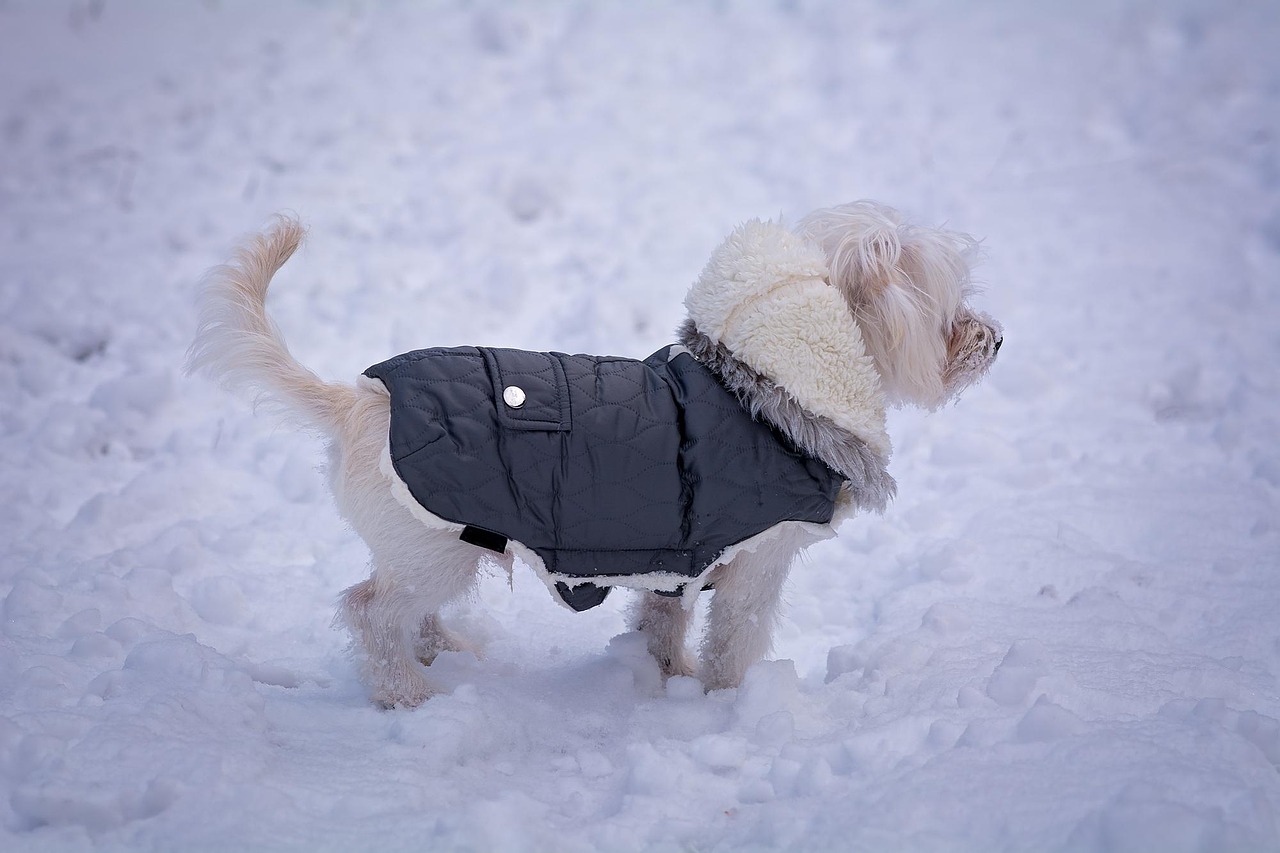
I know, I know. Some of you are rolling your eyes thinking about putting clothes on your dog. However, this isn’t about making a fashion statement. For small dogs in particular, sweaters are not a joke, they’re actually very important during the cold weather. Small dogs have a larger surface area for their body weight and benefit greatly not only from a warm shirt but also from booties.
Make sure that small, delicate, and short-haired dogs (even large ones like Greyhounds), have an appropriate winter wardrobe, including a sturdy winter coat and a fitted sweater. The key word here is “fitted” because loose clothing can actually make your dog colder by letting in drafts.
Look at the Iditarod sled-dog teams, and you’ll notice that their paws are covered by booties. Mushers know that the race may be lost because of injuries and abrasions from running on ice. Even if your dog isn’t dashing through 1,000 miles of frozen Alaskan wilderness, winter conditions can still do damage.
Paw Care in Salt and Ice Conditions
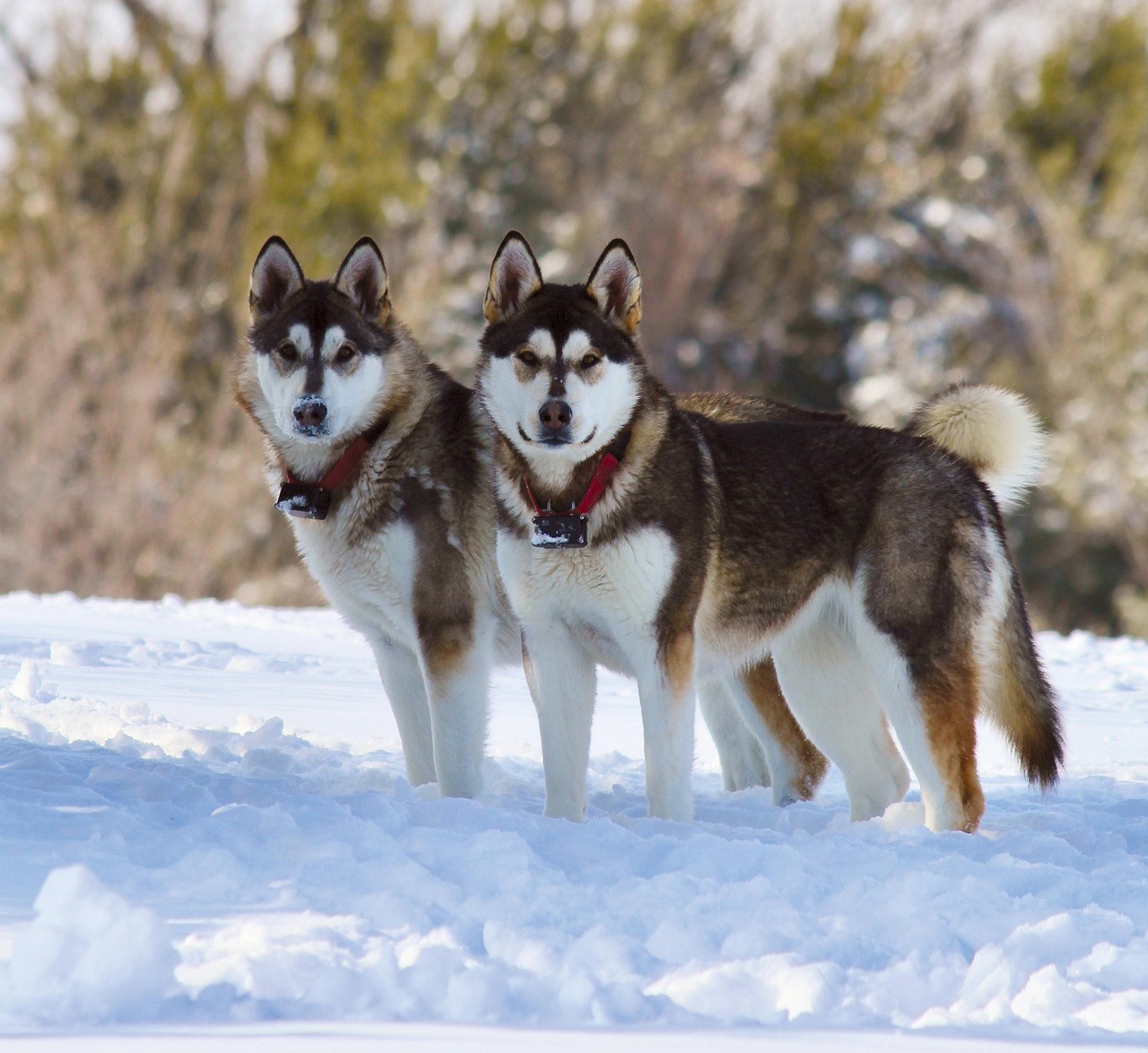
City streets are coated with deicing substances, such as sodium chloride (rock salt) and calcium chloride. These substances make sidewalks safe for pedestrians, but can damage paw pads. Maine’s sidewalks and roads get hit hard with these chemicals all winter long.
Make sure you clean off your dog’s feet. Some people keep a bucket next to their front door to rinse their dog’s feet when they come inside. Use warm water and make sure to reach spots between the toes and pads. This simple routine can prevent so many problems down the road.
Massage petroleum jelly or other vet-approved paw protectants into paw pads before going outside to protect from salt and chemical agents. Booties can provide even more coverage and can also prevent sand and salt from getting lodged between bare toes and causing irritation. Think of it as winter boots for your best friend.
Snow, ice, and rock salt can cause irritation and cracking, which is not only painful, but also increases your pet’s infection risk. After each walk, wipe their paws with a warm, damp cloth to remove chemicals and debris.
Safe Indoor Activities to Beat Cabin Fever

When it’s too brutal outside, you need a game plan to keep your dog mentally stimulated and physically active indoors. Cold, wet, and dark winter days can make it challenging to keep your dog active, engaged, and fit. It’s important to keep your dog’s body moving and brain engaged, especially when outdoor fun is on pause. Getting yourself and your dog off the couch can help you stay healthy, too.
Winter is the perfect time to put your dog’s nose to work with scent-based games, which are also good for mental stimulation and building confidence. This game is similar to hide–and–seek, but now your dog is searching for a treat you’ve hidden somewhere in your home. Start simple and gradually make it more challenging.
Vigorous play is another effective way to engage your pooch and help them burn calories. Games like fetch and tug-of-war are both excellent forms of exercise that are easy to do inside. You can also construct your own indoor agility course at home, making use of furniture cushions, ottomans, cardboard boxes, broom handles and other household items. Enlist the whole family to come up with creative obstacles and challenges for your dog to master.
Adjusting Exercise and Outdoor Time
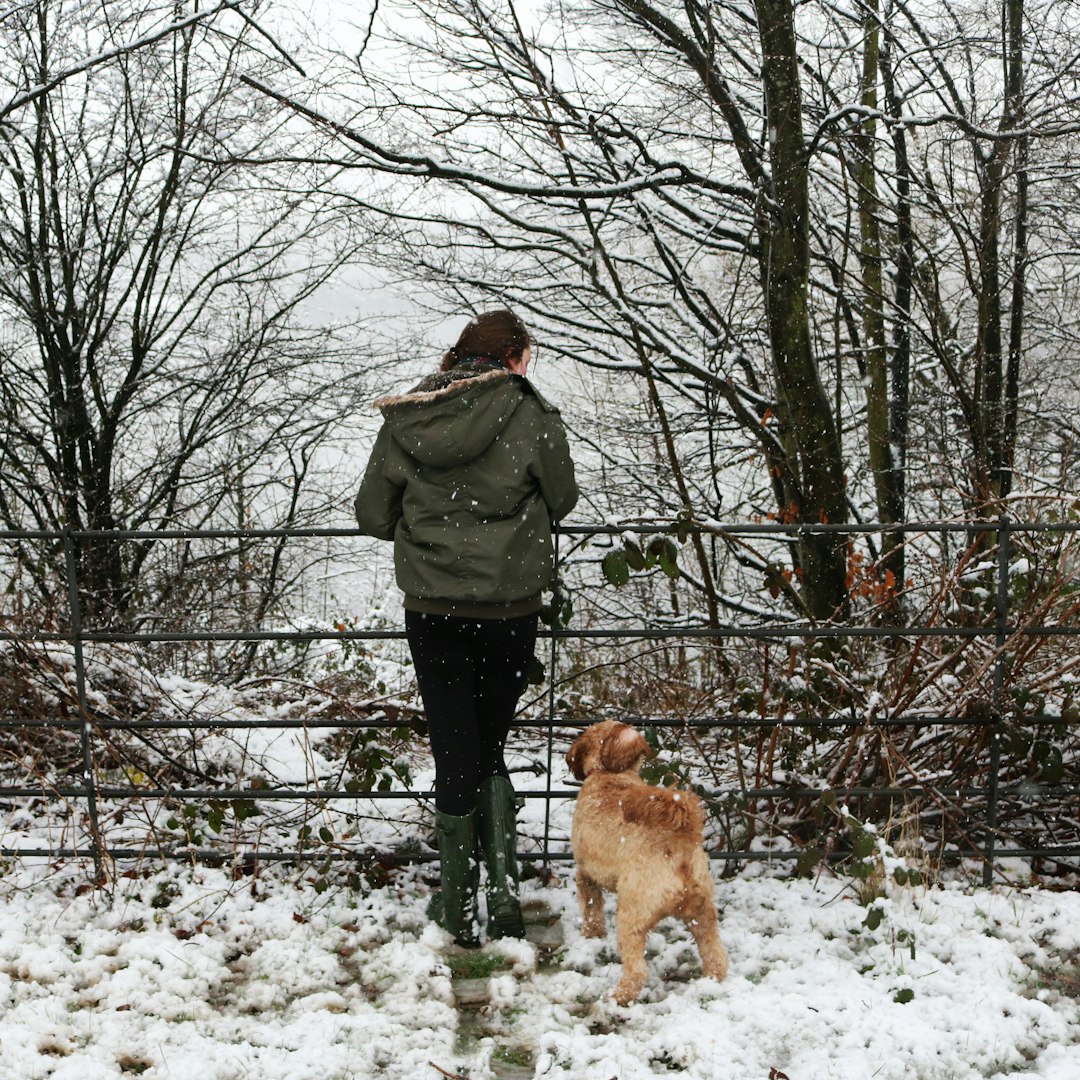
Take shorter walks with your dogs Winter is a great time to get closer to your pets. They want to be inside with you where it’s warm. Short, frequent walks are preferable to extended walks during this time of year. Quality over quantity becomes the winter motto.
Monitor your pet closely when outside and limit their time – for example, in extremely cold temperatures, take short, frequent walks with your dog rather than long excursions. If the weather is below freezing, cap outdoor time at 30 minutes for temperatures between 20-32°F, and limit to just 15-20 minutes when temperatures drop below 20°F.
Remember, if it’s too cold outside for you, it is likely too cold for your pet. With the exception of supervised play time and walks, keep pets indoors and warm. Pets can be injured, lost, and even subject to life-threatening conditions when it is too cold out. Trust your instincts on this one.
During severe weather (temperatures in the single digits and below), dogs should be let out only to relieve themselves. Cats should be kept indoors at all times during these extreme conditions.
Winter Hazards to Watch Out For
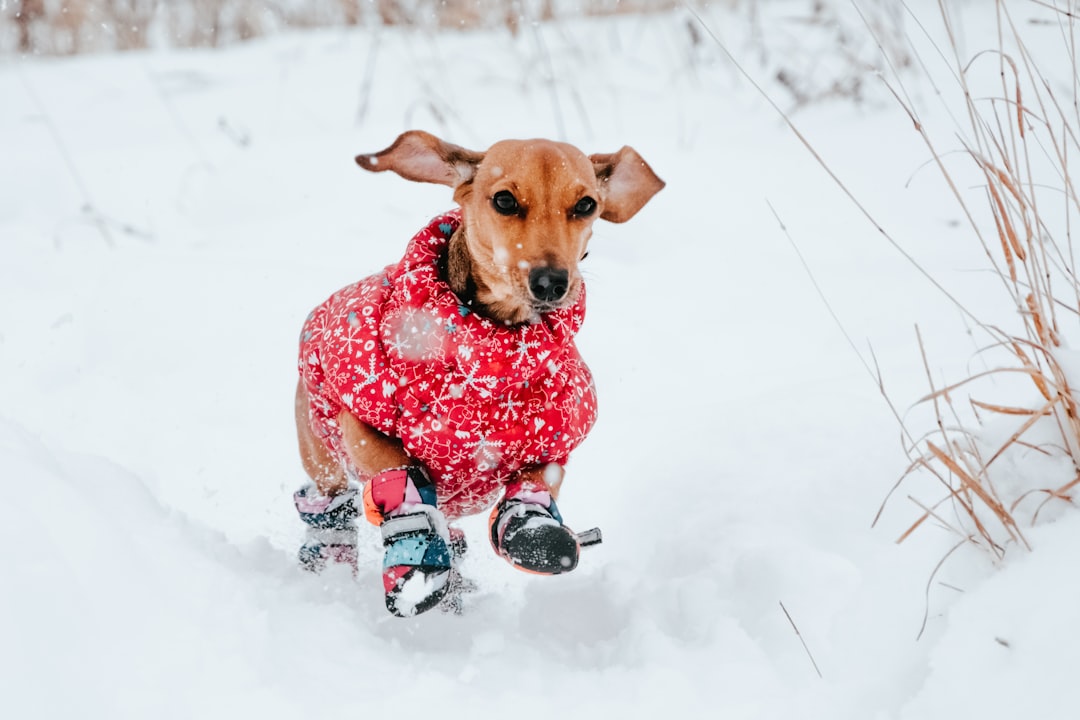
Antifreeze is toxic and can be lethal for dogs and cats. Unfortunately, it is an enticing substance because it has a sweet taste. Antifreeze is a deadly poison, but it has a sweet taste that may attract animals and children. Wipe up any antifreeze spills immediately and keep it, like all household chemicals, out of reach.
Rodent poison and traps can be dangerous for your cat or dog. With the colder weather, these critters seek warmth indoors, so more people are using poisons around their homes and businesses. Pets might eat the bait before any rats or mice do. Winter brings increased use of these dangerous substances.
Dogs are at particular risk of salt poisoning in winter due to the rock salt used in many areas – often when licking it from their paws after a walk. Store de-icing salt in a safe place and wipe your dog’s paws, even after short walks. If your dog ingests rock salt, call a veterinarian immediately.
As tempting as it might be to let your dog try their hand (or paw) at figure skating on frozen ponds, it’s crucial to remember that not all ice is created equal. Keep your pets away from frozen bodies of water, as thin ice can lead to a chilly catastrophe.
Maine winters are tough, but with the right knowledge and preparation, you and your furry companion can not only survive but actually enjoy this beautiful season. Remember that every dog is different, and what works for your neighbor’s Husky might not work for your Poodle. Pay attention to your dog’s individual needs, trust your instincts, and don’t hesitate to call your vet if something doesn’t seem right. Stay warm out there, and give your pup an extra belly rub from me. What’s your biggest winter challenge with your dog? I’d love to hear about it in the comments.

Gargi from India has a Masters in History, and a Bachelor of Education. An animal lover, she is keen on crafting stories and creating content while pursuing a career in education.

